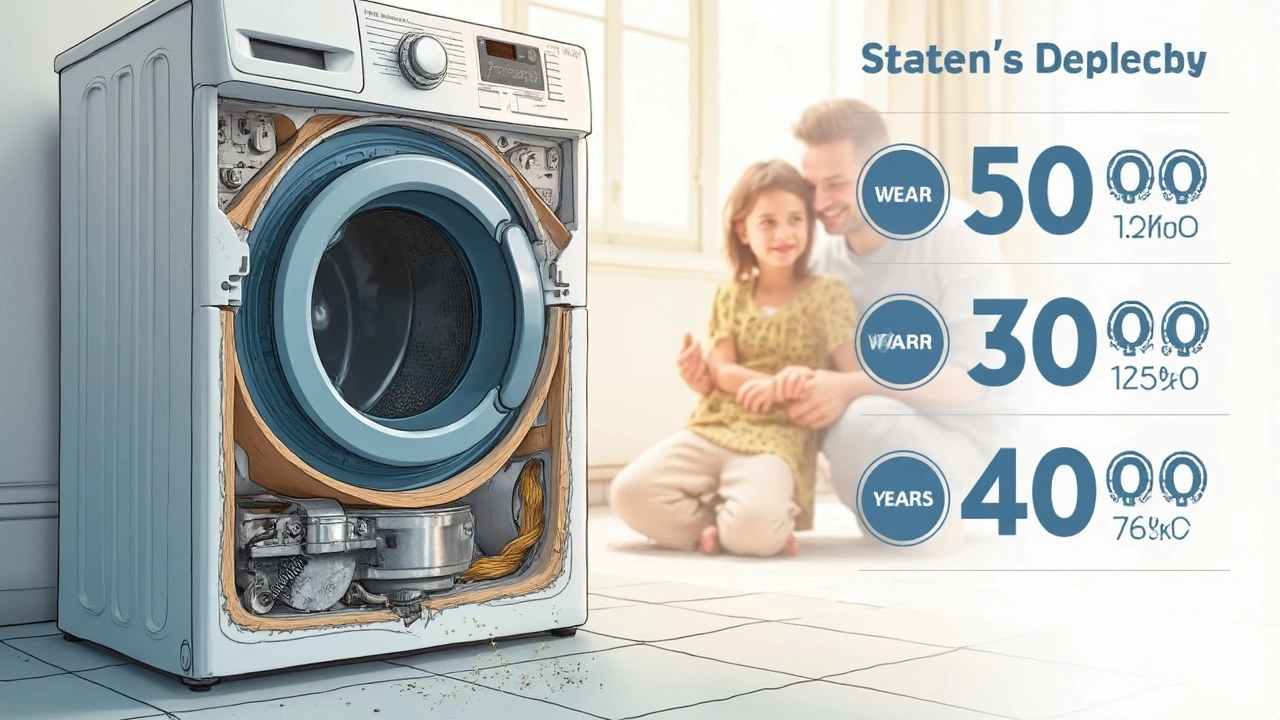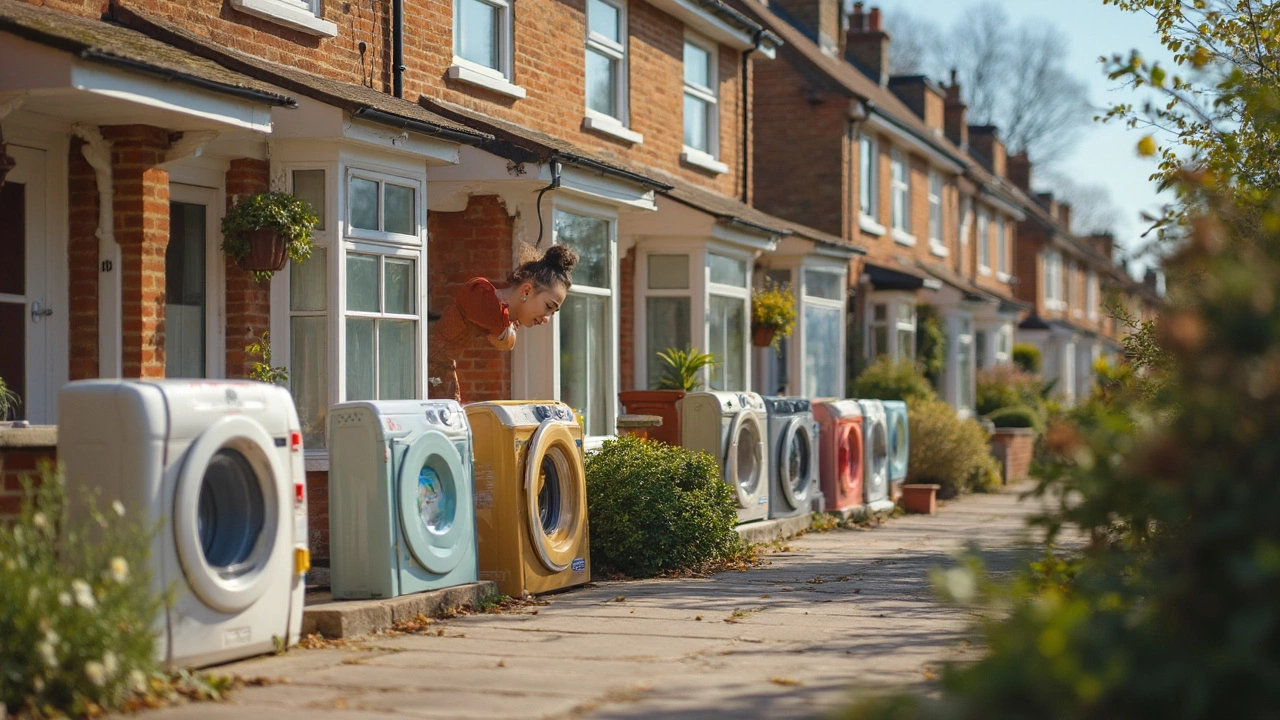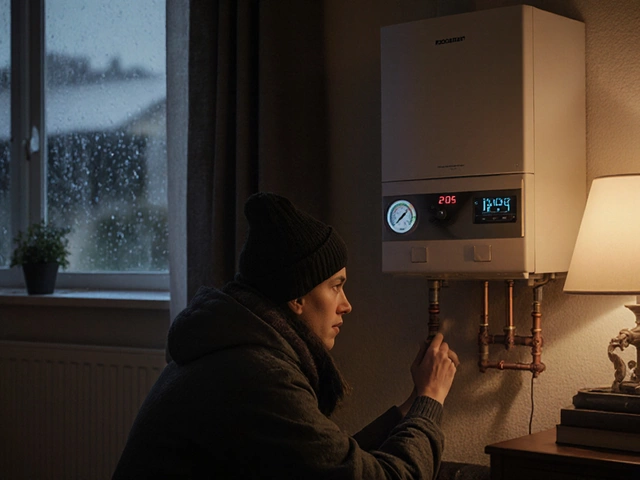It’s a cold, wet Auckland winter and your socks are still soggy from last night. You open the dryer, hit start, and… nothing. The silence is deafening. If you’ve ever stood there wondering when it all went wrong, you’re not alone. Tumble dryers have become the unsung heroes of modern life, but honestly, we usually don’t give them a second thought—until they stop. The lifespan of a tumble dryer isn’t something most people know off the top of their head. So how long should you expect yours to last? Is it doomed after five years, or can it tough it out past a decade? There’s more to it than you might think, and some of the facts may surprise you.
What’s the Real Lifespan of a Tumble Dryer?
Most folks buy a new dryer and figure it’ll be good for years—maybe even as long as that old one at your grandparent’s house, churning away for what felt like forever. But the numbers tell a different story today. The average life expectancy of a tumble dryer sits between 8 and 12 years, depending on how often you use it and how well you look after it. If you treat it right, you can often push it to the upper end or even a little beyond. If you abuse it—or just forget about it until something breaks—it might not even make double digits.
According to Choice, an Australian consumer group, most tumble dryers start to show their age after about 8 years. European appliance surveys line up—YouGov data shows 9 out of 10 dryer owners replace theirs within 10 years. Interestingly, premium brands like Miele and Bosch often last closer to 15 years, while budget brands sometimes tap out much sooner.
Check out what the stats actually say:
| Brand | Average Lifespan (Years) | Notable Warranty |
|---|---|---|
| Samsung | 9-11 | 2 years standard |
| LG | 10-12 | 2 years standard / 10 year motor |
| Bosch | 12-15 | 2 years standard |
| Miele | 15-20 | 2 years standard / 10 years extended parts |
| Fisher & Paykel | 8-12 | 2 years standard |
Of course, those are averages. The two biggest factors? How much you use your dryer, and what you do (or don’t do) to maintain it. If your home’s the local gathering point for footy kits and muddy towels, you’ll burn through dryers faster. And a poorly vented or overloaded dryer cuts its own life short. Ever wondered why commercial laundries swap out machines so often? It’s the same logic, just on a bigger scale.
So, what causes modern dryers to actually bite the dust? It usually comes down to three things: the heater element wears out, the drive belt or drum bearing fails, or the electrics develop faults. Lint build-up and poor ventilation add fuel to the fire (sometimes literally). Surprisingly, replacing a $15 drive belt can save you another three years. Neglect it, and the cost of fixing it post-break means most people won’t bother.

Common Reasons Tumble Dryers Die Young—and How to Prevent It
If you remember only one thing, remember this: tumble dryer life expectancy goes up or down based on what you do—or don’t do—every single week. Most common reasons for dryer failure could have been avoided, if only people paid more attention to tiny signs. Here’s how you can dodge the usual pitfalls.
- Lint Filters: Did you know dryers can catch fire if lint piles up? Empty the filter after every cycle, and wash it out once a month. Blocked lint means the motor and heater have to work overtime. This shortens life and ramps up your power bill.
- Venting: Outside vented dryers must have clear, unobstructed ducts. A blocked vent means hot, moist air can’t escape, rusting out the drum and overloading electrical gear. Pull your dryer out twice a year and clear any fluff from behind it too.
- Overloading: It’s tempting to cram in just one more towel. Resist! Heavy, unbalanced loads chew up bearings and stretch drive belts. Stick to the manufacturer’s recommended capacity, usually around 6-8 kg for most home models. Too much weight wrecks the suspension and stops the drum spinning right.
- Location Matters: You’d think you could just plonk a dryer anywhere, but putting one in a damp, cold garage shortens its life. Condensation attacks the electrics, while big swings in temperature can make components brittle. Keep it indoors if you can, where temps stay steady.
- Ignoring Little Noises: Squeaks, rumbles, knocks—none of these should last past the first few cycles. Weird sounds often mean a drive belt is slipping, a bearing is on its way out, or coins are rattling somewhere they shouldn’t be. Fix these straight away to avoid a total meltdown down the track.
- Skipping Professional Servicing: Once a year, get a technician to open things up and vacuum out the inside. You’d be amazed how much fluff can get stuck behind panels, slowly cooking your electronics. A service might be $100, but it can add years to your machine’s life. Think of it as an oil change for your dryer.
- DIY Repairs Gone Wrong: YouTube makes it look easy, but bodged fixes can actually shorten a machine’s lifespan or make it dangerous. If you’re not confident, leave the repairs to a licensed tech.
Want your dryer to last even longer? Run it on lower heat when you can, and alternate between using the washing line and the machine. Some New Zealanders even run their dryers in short bursts, pulling out clothes that are already nearly dry and letting them finish with indoor heat or sunshine. Not only does this cut down wear and tear, but it saves money, too. Dryers are power-hungry beasts—according to Energywise NZ, they can account for around 10% of your household electricity bill if used often.
Here’s a quirky fact: In Auckland, the salty atmosphere near the coast can cause parts of your dryer to rust, especially around the vent or drum. If you live close to the sea, you might want to check for rust every few months. Appliance repair guys in Devonport swear they see more early dryer failures than further inland!

When Should You Replace, Repair, or Upgrade Your Tumble Dryer?
No one wants to fork out money for a new dryer if a simple repair will do the trick. But how do you know if it’s worth fixing—or if you’re better off biting the bullet and getting a new machine? Here’s a checklist to help you decide:
- Age of Appliance: If your dryer is hitting the end of its average lifespan (around 10 years) and starts breaking down often, replacement is usually smarter than another repair.
- Repair Cost: The 50% rule is handy. If repairing costs more than half the price of a new machine, upgrade instead.
- Energy Efficiency: Old dryers (especially those over a decade old) can be two or three times less efficient than new models. Your power bill will thank you after an upgrade.
- Heating Trouble: If the dryer runs but clothes are still wet, usually the heating element or thermostat is gone. Sometimes it’s worth fixing, especially on pricier models.
- Excessive Noise or Shaking: Worn-out bearings or a damaged drum are costly to fix. On an older dryer, this is usually the end of the road.
- Repeated Breakdowns: More than two repairs in a year? That’s a sign things are going south fast.
- Broken Door Switches or Controls: If parts are no longer available or controls stay unresponsive even after repairs, replacement is often the only option.
Thinking about upgrading? New heat pump dryers are changing the game. They work at lower temperatures, are gentler on clothes, and are much more energy efficient—sometimes halving running costs. It’s a bigger upfront cost, but families who use dryers year-round see savings add up fast. Most heat pump dryers easily clear 12-15 years with normal care.
Some folks swear by buying secondhand, but beware: Without a clear repair history, you might inherit another person’s problem. If you do buy used, give the drum a spin for smoothness, check for heat, and always, always clear the lint filter before your first load. Scratches and scuffs are cosmetic, but a slow drum or lukewarm air are bad omens.
There’s also the eco angle. Putting off a new dryer as long as possible keeps one less appliance out of the landfill. But when your old machine is guzzling power and limping along, recycling it and switching to a high-efficiency option can mean a much smaller carbon footprint going forward.
To sum up, tumble dryers will usually serve you well for about 10 years, sometimes even longer if you treat them right. Ignore them, and they’ll pay you back in cold, wet socks and spike your power bill to boot. Tired dryers that keep breaking down are rarely worth a third or fourth repair—better to invest in a newer, more efficient machine. If you’re careful with overdrying, keep filters clean, and listen out for problems early, yours will keep your sheets fluffy and your clothes warm for years to come.


